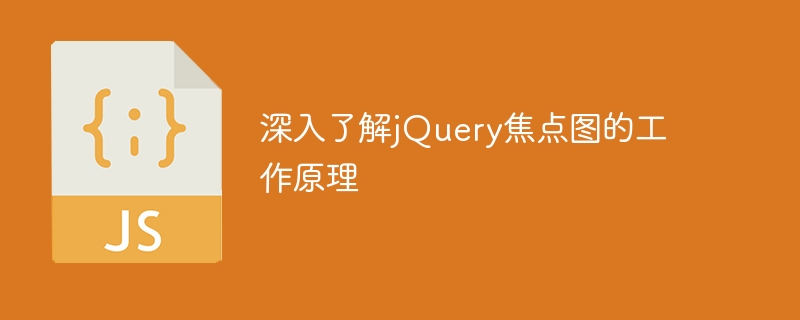

jQuery focus image is a commonly used web design element that attracts users' attention by automatically rotating images and improves the visual effect of the page. It is often used for carousel display on the homepage of the website, advertising space display, etc. This article will provide an in-depth look at how jQuery focus maps work and provide specific code examples.
First, let’s understand the basic working principle of jQuery focus map. The focus map usually contains a picture container and a navigation button container. The picture container is used to display the picture content, and the navigation button container is used to control picture switching. The implementation of focus map mainly relies on the animation effects and event processing functions provided by the jQuery library.
The following is a simple jQuery focus map implementation example:
In this example, we use a focus map containing three pictures, click on the previous and next pictures button to switch pictures. Through theclickevent handling function provided by the jQuery library, we can implement button click interaction and control the currently displayed image by adding and removing theactiveclass.
It is worth noting that this is just a simple example. The actual focus map function may involve more complex animation effects, automatic carousel, responsive design and other functions. But the basic working principle is similar. The switching and display of images are controlled through event processing and DOM operations.
In summary, through in-depth understanding and learning of the working principle of jQuery focus map, we can better apply and customize the focus map function and improve the user experience and visual effects of the website. If you are interested in further learning and applying jQuery focus maps, you can deepen your understanding by reading relevant documentation and practicing code.
The above is the detailed content of A closer look at how jQuery focus maps work. For more information, please follow other related articles on the PHP Chinese website!